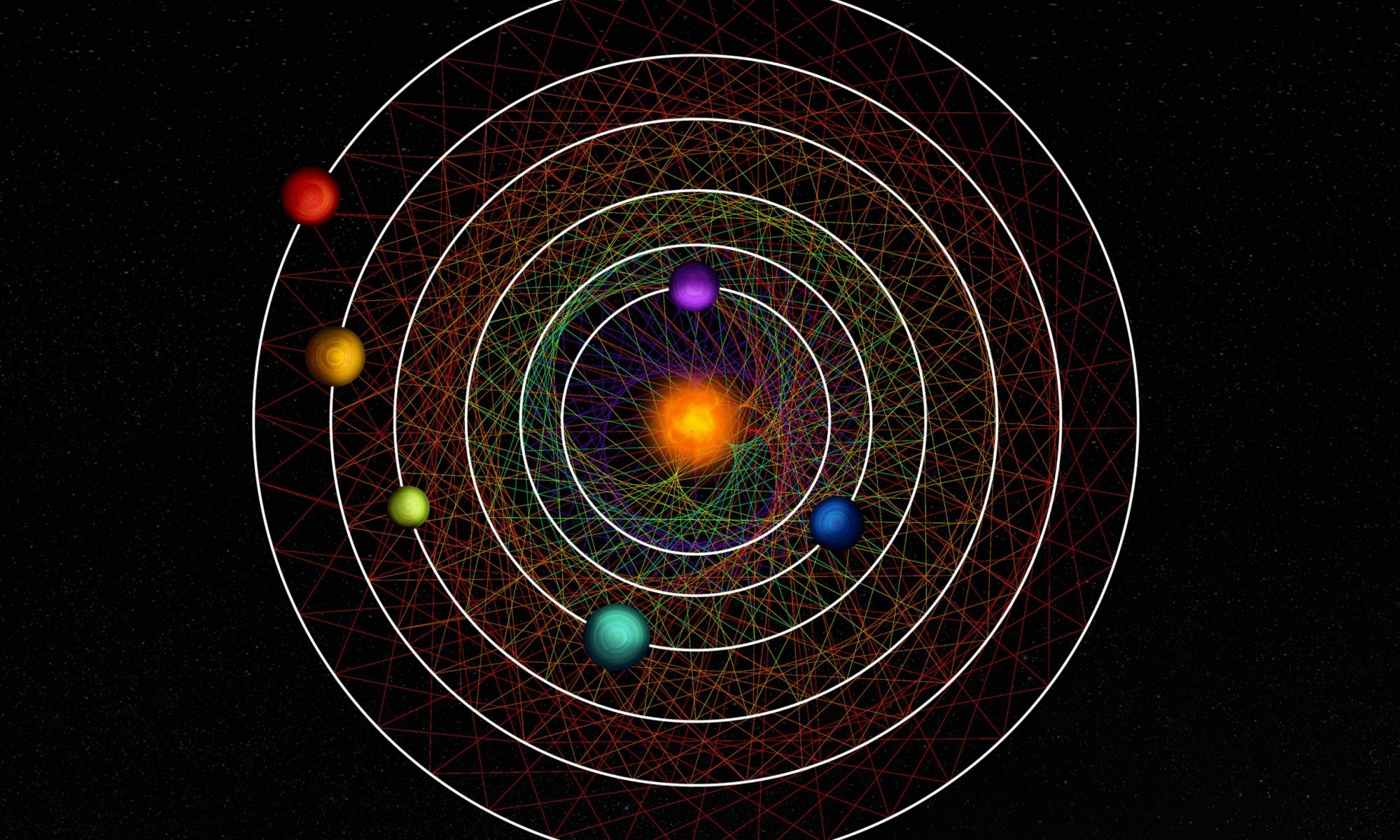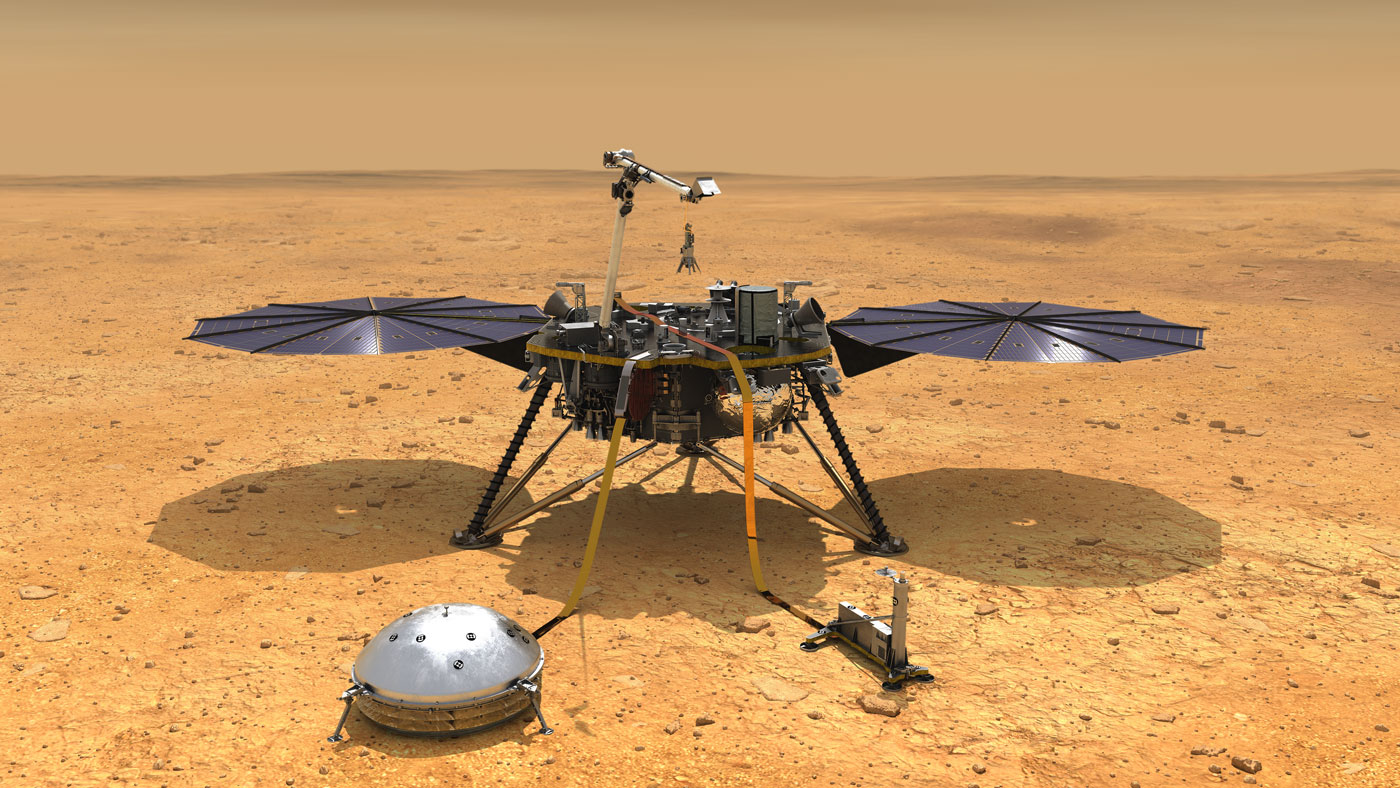A team of researchers led by University of Chicago astronomer Rafael Luque analyzed data acquired by both NASA’s Transiting Exoplanet Survey Satellite (TESS) and ESA’s CHaracterising ExOPlanet Satellite (Cheops) and found a unique planetary system. Orbiting a star cataloged as HD110067, this system contains six sub-Neptune planets. Incredibly, all six planets are orbiting in direct resonance with each other. The results of the work were published on November 29 in Nature.
Continue reading “A Planetary System With Six Sub-Neptunes Locked in Perfect Resonance”“The Big One”: The Most Powerful Marsquake Ever Detected
The ground shakes. Paintings tilt. Walls crack. Rubble may fall. On Earth, we understand how and where these events happen due to the discovery of plate tectonics – the continental crust’s creation, movement, and destruction. However, when astronauts placed seismometers on the lunar surface during NASA’s Apollo mission era, those instruments recorded quakes on the Moon. In the 1970s, the Viking landers also recorded quakes on the surface of Mars. Since neither of these worlds has plate tectonics, scientists set about collecting more data to understand the phenomena, which led to the recent NASA InSight lander. Now, a new paper in Geophysical Research Letters explains how the largest recorded seismic event on Mars provided evidence for a different sort of tectonic origin — the release of stress within the Martian crust.
Continue reading ““The Big One”: The Most Powerful Marsquake Ever Detected”

